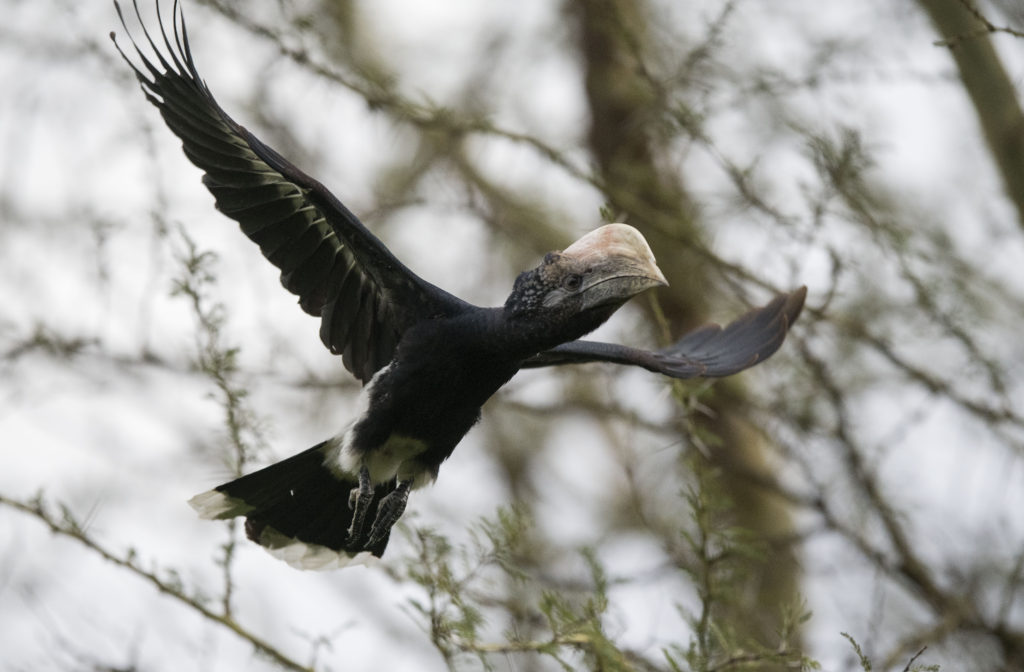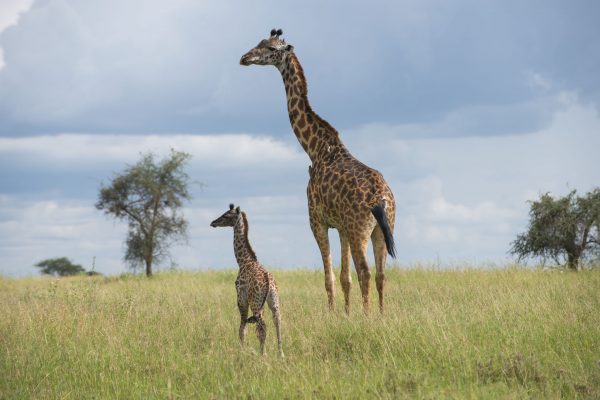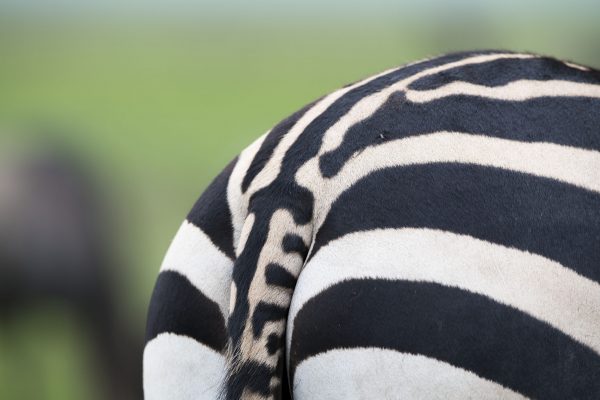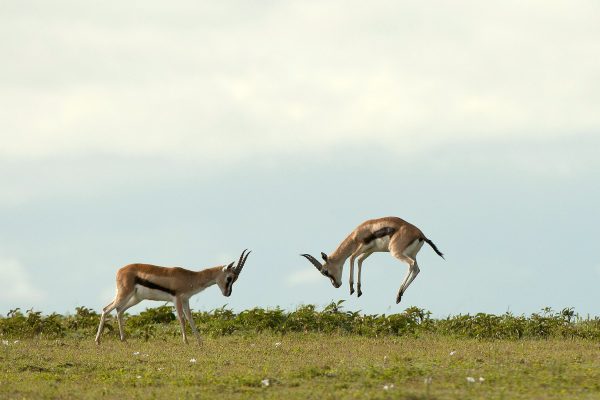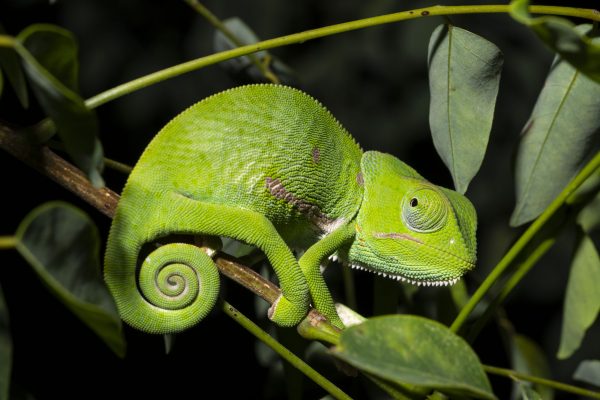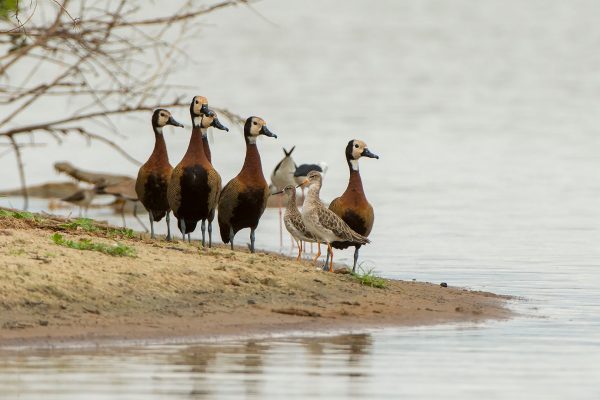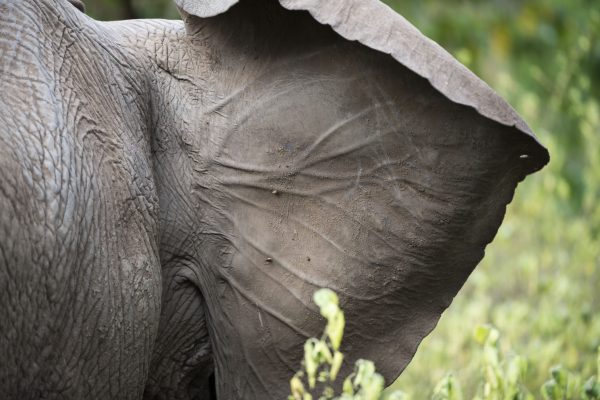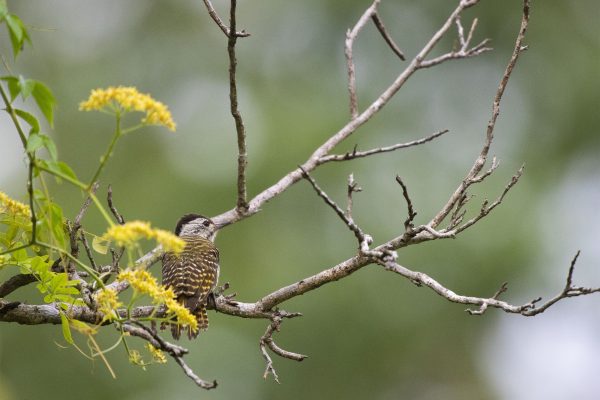Overview
With an area of just 137 km2, Arusha National Park is one of the smallest national parks in Tanzania. Located just 37km outside Arusha town, it is the perfect place to visit for those looking to enjoy a day trip. Often worried about its small size, most visitors to the park expect not to experience much but contrary to this belief the park dazzles with its perfect blend of wildlife and vegetation. On a visit to the park one may expect to see a variety of animals that includes angulates, primates, the occasional carnivore and a rich diversity of resident and migratory bird species. In addition, the park boasts a broad variety of landscapes, ranging from open savannah through acacia scrubland to rainforest and eventually alpine conditions in the higher reaches of Mount Meru. Game viewing can be done in 3 ways here. You can choose to cruise around in a 4×4 vehicle or get personal with nature on walking or canoeing safaris offered at an extra cost.
The terrain of the park ranges from open savannah to tropical rainforest. The most distinctive features that stand out at Arusha National Park are the Ngurdoto Crater in the south east, alkaline Momela Lakes in the north east, the highland montane forest and the rugged mount Meru that stands 4,575 meters above sea level to the west. On clear days, another neighboring giant, Mount Kilimanjaro can be seen towering 5,895 meters to the east from many locations within the park.
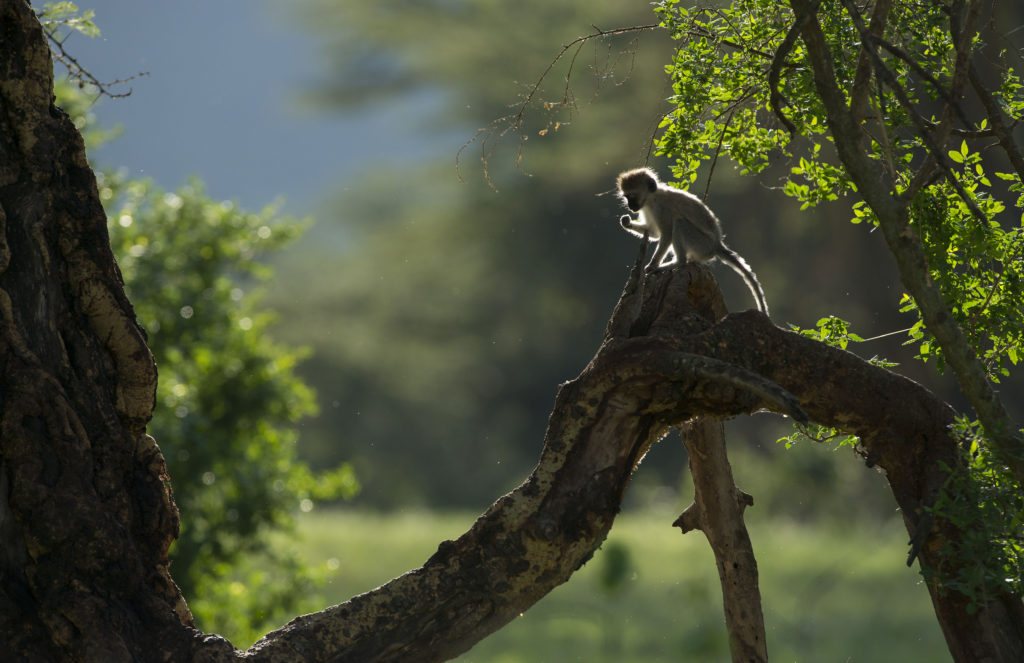
Vegetation of the park is correlated to the altitude and geology of the area. Mount Meru is a mixture of lush forests and bare rocks. The Ngurdoto crater which lies in the south east is swampy grassland with dense green forests decorating its rim. The Momella lakes in the north east which are mostly alkaline have varying algal colors and are frequently visited by wading birds, flamingos being the main highlight.
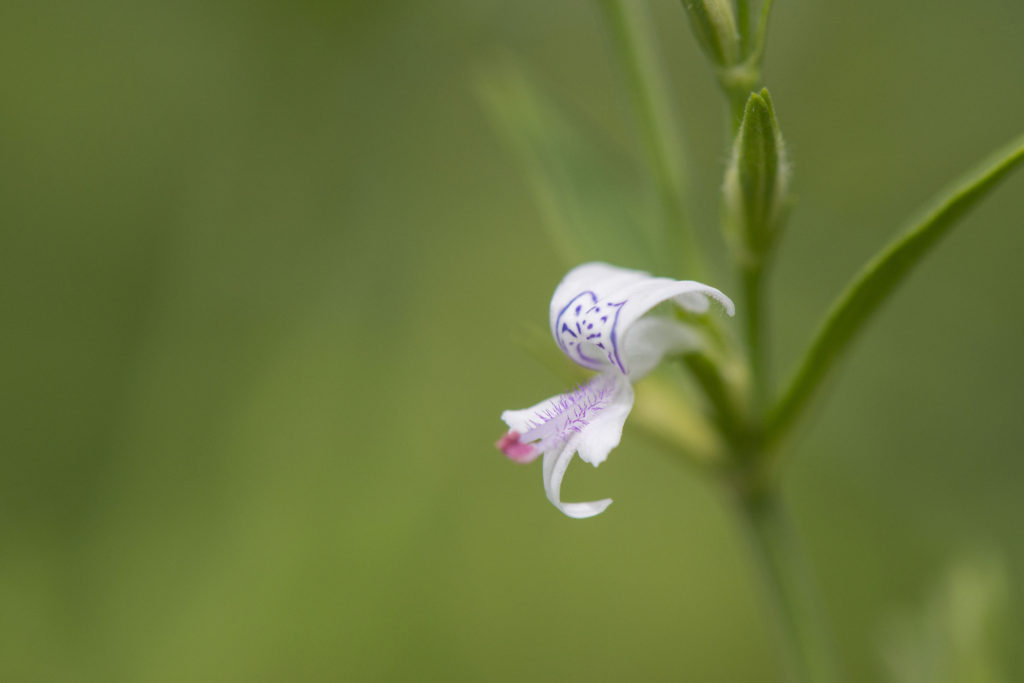
Despite its small size the park has plenty to offer in terms of wildlife. It is rich in variety with the most common sightings being giraffe, cape buffalo, zebra, warthog, elephant, hippos and bushbuck. Primates such as the playful black and white colobus monkey, vervet monkey, olive baboons and blue monkey can be seen in different spots around the park. Carnivores, especially the spotted hyena, though not common, may be seen roaming the park occasionally. This makes the national park a popular site for walking and canoeing safaris for those tempted to get closer to nature. Bird life in the park is also rife. With more than 400 bird species habitually co-existing in the park and its vicinity it is a birdwatcher’s paradise. The most famous species found in the park are water fowls, little grebes, eagles, pochards, geese, hamerkop, larks, woodpeckers, kingfishers, silvery cheeked hornbills, herons, secretary bird and the grey parrot. The Narina and bar tailed trogon species are both possible highlights whilst the range of starling species available provide a less gaudy interest. A day trip is highly advised for this park, though not offering much as its other cousins in the northern circuit, it is the perfect place to jumpstart your safari, just to get those wild juices going.
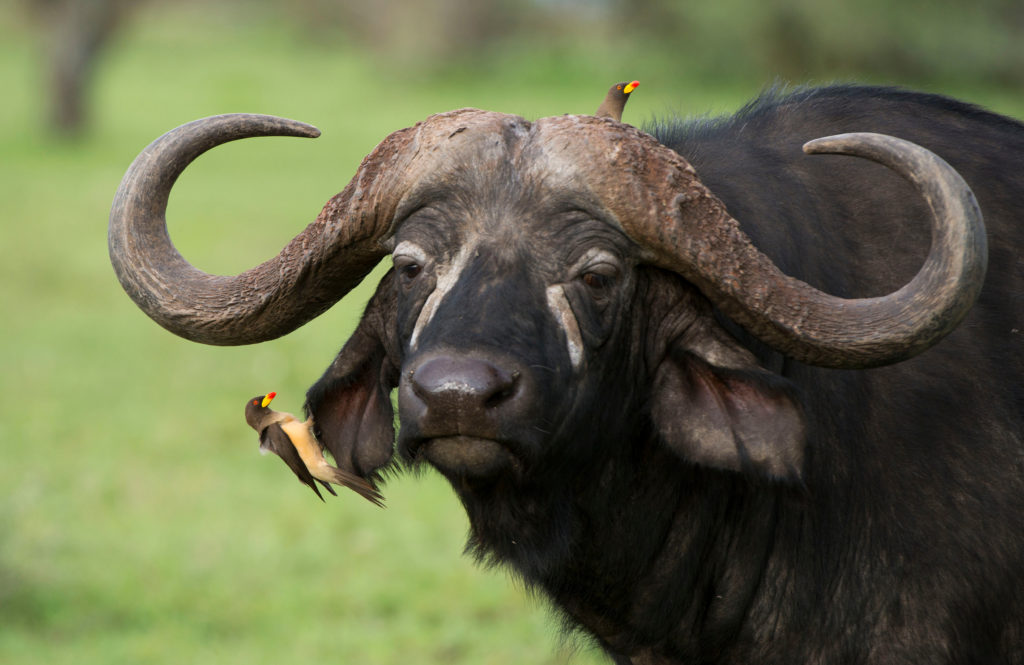
Lying at the foot of mount Meru the park experiences a temperate climate throughout the year. The weather here is variable, influenced by the microclimate present on the slopes of mount Meru where it rains a lot more often than in the surrounding area. You are likely to experience cold mornings and nights with temperatures soaring during the day but hardly ever too hot. Light rainfall is experienced in November and December while heavy rains are experienced in April and May. Dry season starts from June to August and temperatures are at their lowest during these months with July being the coldest. September and October experience no rains and temperatures begin to rise. The sky is usually clear during this period as well.

Arusha being a tourist hub has a huge volume of accommodation options ranging from budget camping and guesthouses to upmarket luxury boutique hotels and lodges. Self-catering accommodation and apartments are also on offer to long term visitors and new residents within and on the outskirts of the city. With online accommodation services such as AirBnB, it has become relatively easy for one to find accommodation best suited to their needs and taste at a rather fair price as compared to booking into well established lodges and hotels depending on their length of stay.

- Game drives
- Walking Safaris
- Canoeing
- Birding
- Mount Meru Climb
- Photography
- Waterfall hikes
- Mount Meru Climbs
- Picnics

Location:
The park is situated 37 kms from Arusha, a small city in Northern Tanzania that is served by two main airports, the domestic Arusha Airport and Kilimanjaro International Airport
By Road:
- Transfer time to/from Arusha CBD: 50 minutes
- Transfer time to/from Arusha Airport: 1 hr 10 minutes
- Transfer time to/from Kilimanjaro Airport : 1hr 20 minutes
